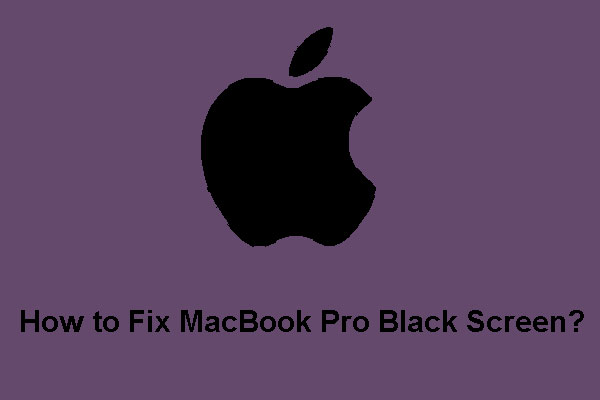

A window of options will appear, showing your current partition map. If the drive you want is greyed out, select it and hit the Mount button in the top bar to continue.ģ) Select the disk (not its sub-heading partitions) to be formatted in the sidebar, and make sure its information is shown in the main pane.Īny changes made in the main pane will be applied to the disk selected in the sidebar, so make sure you have the correct one selected before each step.Īs you can see from the image in Step 3, I have a Western Digital hard drive which is split into two partitions. I want to remove the second partition on the disk (titled Storage).Ĥ) Click the Partition button in the top bar. Any drives not appearing in the sidebar cannot be edited by Disk Utility. Try disconnecting and reconnecting it if necessary. If you cannot find your drive there, ensure it is working, connected to power, and plugged into a compatible port. The main pane to the right shows information about the drive which you currently have selected.Ģ) Locate the disk which you want to edit in the left-hand sidebar.

The sidebar on the left shows your connected drives, with their sub-partitions.

Check what you’re doing at each stage, and have any critical data backed up first.ġ) Launch Disk Utility from /Applications/Utilities, or via Spotlight. This guide uses macOS’s built-in disk management program, Disk Utility.īefore we go any further, remember that manipulating drives, and especially removing partitions, is a process that goes hand in hand with removing the data on them. Following on from our guide on creating and disk partitions on macOS, today we’ll cover safely removing them, including in what situations it involves loss of data.


 0 kommentar(er)
0 kommentar(er)
